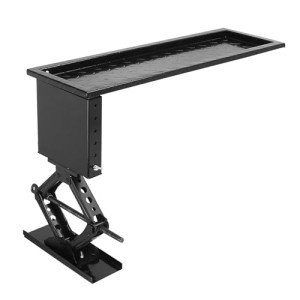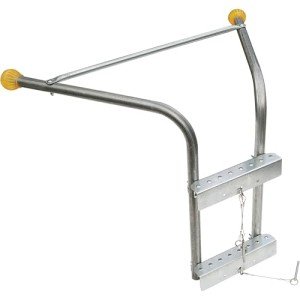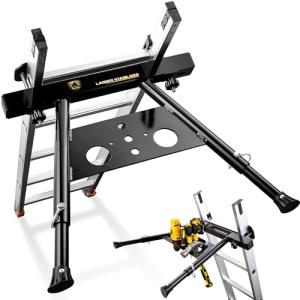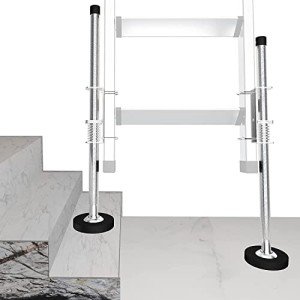When it comes to using ladders safely, a few simple tips can make a big difference. First up, always start with a proper ladder inspection. Give your ladder a quick once-over before you step foot on it. Look for any signs of wear and tear, like cracks or missing rungs. A sturdy ladder is your best friend when it’s time to tackle those high spots!
Next, ensure the ladder is set up on stable ground. Avoid soft or uneven surfaces that could make your ladder wobble. If you're using a step ladder, make sure it's fully opened with the spreader arms locked in place. Stability is key to preventing accidents.
It’s also super important to maintain three points of contact with the ladder at all times. This means having two hands and one foot, or two feet and one hand, on the ladder while you work. This technique gives you better balance and reduces the chances of slipping or falling.
Finally, don’t forget about your surroundings. Make sure the area around your ladder is clear of obstacles. If you're working near power lines, be extra cautious. Keep a safe distance and consider using a fiberglass ladder instead of a metal one to avoid electrical hazards.
Common Ladder Mistakes to Avoid
When it comes to using a ladder, safety should always be your top priority. Unfortunately, a few common mistakes can lead to accidents. Here’s a quick look at what to avoid to ensure your ladder work is as safe as possible.
First off, skipping a ladder inspection is a big no-no. Before you even think about climbing, take a moment to check your ladder for any signs of wear and tear. Look for loose rungs, damaged feet, or any cracks in the structure. It’s a simple step that can save you from a fall.
Another mistake people make is not placing the ladder on a stable surface. Using a ladder on uneven ground? That's risky! Always make sure the area is level and, if you're working outdoors, avoid soft or unstable ground like mud or sand. If you need extra stability, consider using a ladder leveler.
Don’t forget about how you position the ladder itself. A common error is not following the 4-to-1 rule for extension ladders. For every four feet of height you need to reach, the base should be one foot away from the wall. This simple guideline goes a long way in keeping you balanced and secure while you work.
Lastly, remember to maintain three points of contact whenever you're on the ladder. That means two hands and one foot or two feet and one hand on the ladder at all times. This helps you stay steady and reduces the risk of slipping. Keeping these tips in mind will help you stay safe and avoid unnecessary accidents!
Must-Have Ladder Safety Gear
When it comes to working with ladders, safety should always be at the top of your list. Investing in the right ladder safety gear can make a big difference in keeping you secure while you work. Here are some must-have items to consider:
And of course, don't forget about the importance of ladder inspection. Checking your ladder for any damage, like cracks or loose rungs, is essential for keeping yourself safe. A well-maintained ladder can be a lifesaver, ensuring your gear works as it should. So, take a few moments to give your ladder the attention it needs before you start your project.
What to Do in an Emergency
When you're working with ladders, it's really important to be prepared for any emergencies that might pop up. Accidents can happen, and knowing what to do can make all the difference. Here’s a quick guide on how to handle an emergency while you’re using a ladder.
If someone falls from a ladder, the first thing to do is stay calm. Check the person’s condition. If they’re unconscious or seriously injured, call for emergency help right away. Even if they seem okay, it's a good idea to keep an eye on them and monitor for any signs of injury. Moving them might make things worse, so avoid that unless there’s an immediate danger.
Another key aspect is having a first aid kit nearby. Make sure it includes items like band-aids, antiseptic wipes, and gauze. It's also helpful to know how to treat common injuries like cuts, scrapes, or sprains. In case of more serious injuries, performing basic first aid can help until professional help arrives.
Don’t forget that prevention is key! Before you even use a ladder, a thorough ladder inspection can help catch any issues before they become a problem. Look for any signs of wear, damage, or anything that might make the ladder unstable. This small step can go a long way in keeping you safe and avoiding emergencies in the first place.
Finally, it's smart to have a plan in place for emergencies. Think about what you would do if something went wrong and practice that plan. The more prepared you are, the easier it will be to handle whatever comes up while you’re working with your ladder.






